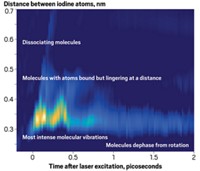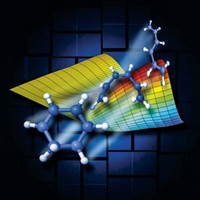Advertisement
Grab your lab coat. Let's get started
Welcome!
Welcome!
Create an account below to get 6 C&EN articles per month, receive newsletters and more - all free.
It seems this is your first time logging in online. Please enter the following information to continue.
As an ACS member you automatically get access to this site. All we need is few more details to create your reading experience.
Not you? Sign in with a different account.
Not you? Sign in with a different account.
ERROR 1
ERROR 1
ERROR 2
ERROR 2
ERROR 2
ERROR 2
ERROR 2
Password and Confirm password must match.
If you have an ACS member number, please enter it here so we can link this account to your membership. (optional)
ERROR 2
ACS values your privacy. By submitting your information, you are gaining access to C&EN and subscribing to our weekly newsletter. We use the information you provide to make your reading experience better, and we will never sell your data to third party members.
Analytical Chemistry
Glimpsing Organic Molecules In Motion
Ultrafast electron diffraction technique lets scientists spy on molecules as they rearrange
by Bethany Halford
April 22, 2013
| A version of this story appeared in
Volume 91, Issue 16
Sneaking a peek at organic molecules as they move is tricky. The laser pulses typically used to initiate motion with most imaging techniques can thermally decompose the molecules or cause irreversible changes in the sample before researchers get any useful data. Scientists led by R. J. Dwayne Miller of the University of Hamburg, in Germany, and the University of Toronto have come up with a way around this problem. The team uses an ultrabright electron source that lets them determine a molecule’s structure without damaging the sample (Nature, DOI: 10.1038/nature12044). Miller and colleagues used femtosecond electron diffraction to track molecular movements in the organic salt ethylenedioxytetrathiafulvalene hexafluorophosphate as it undergoes a photoinduced insulator-to-metal phase transition. The technique, which uses laboratory-scale equipment rather than a synchrotron or an X-ray free-electron laser, monitors lattice structural changes on a timescale of just a few hundred femtoseconds. The researchers say this study establishes the potential of ultrabright femtosecond electron sources for studying labile chemical and biological systems.





Join the conversation
Contact the reporter
Submit a Letter to the Editor for publication
Engage with us on Twitter